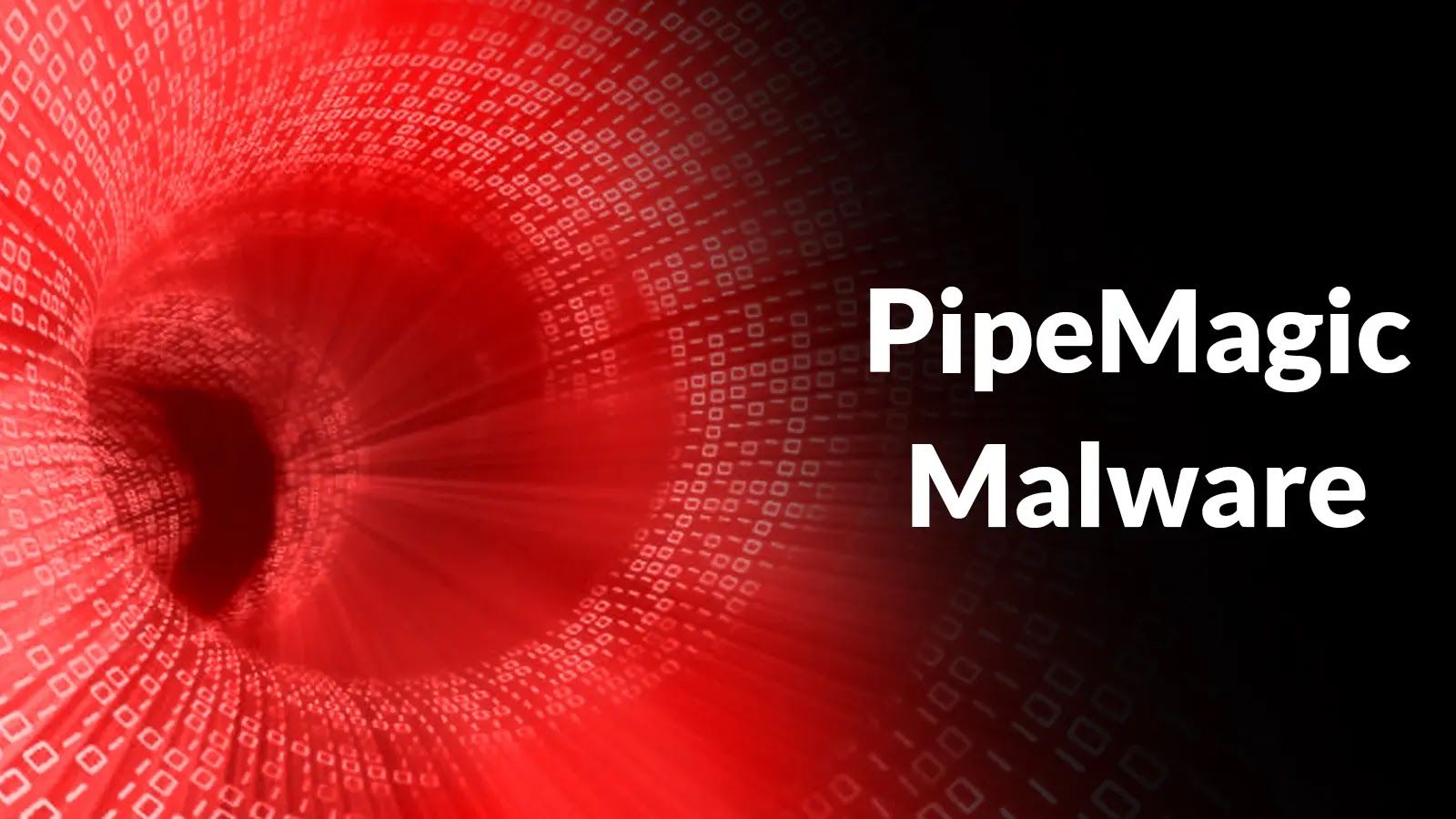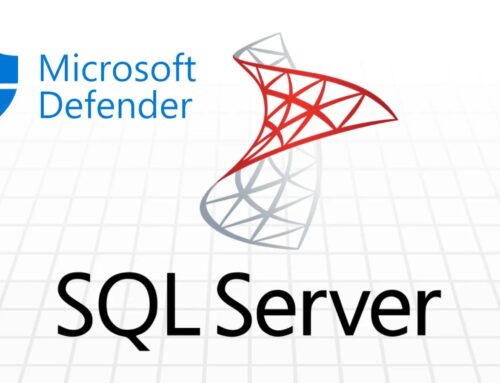
Threat Actors Abuse Microsoft Help Index File to Execute PipeMagic Malware
Unmasking PipeMagic: How Threat Actors Leverage Microsoft Help Index Files for Stealthy Malware Delivery
The cybersecurity landscape is in constant flux, with threat actors continuously refining their methodologies to bypass defenses and achieve their objectives. A recent and concerning development highlights this evolution: the exploitation of Microsoft Help Index Files (.mshi) to deploy the sophisticated PipeMagic backdoor. This novel approach underscores the imperative for organizations to understand emerging threats and bolster their defensive postures.
The PipeMagic Threat: A Sophisticated Backdoor Evolves
First detected in 2022, PipeMagic has established itself as a potent remote access Trojan (RAT) and backdoor. Its capabilities include:
- Remote command execution
- File exfiltration
- System reconnaissance
- Persistence mechanisms
The malware’s evolution, particularly its adoption of the Microsoft Help Index File (.mshi) as a delivery vector, demonstrates the threat actors’ commitment to stealth and evasion. This shift signifies a refined operational security (OpSec) strategy, moving away from more common initial access techniques.
The .mshi Abuse: A Novel Infection Chain
The exploitation of Microsoft Help Index Files represents a clever and insidious method for initial compromise. Typically, .mshi files are legitimate components of Microsoft applications, used to provide structured help content. Threat actors have weaponized these files, embedding malicious code or leveraging them as a conduit for malicious processes. The precise mechanism involves:
- Malicious .mshi Creation: Crafting a seemingly legitimate .mshi file that, when accessed, triggers the execution of PipeMagic.
- Delivery: Distributing these malicious files through various means, likely spear-phishing campaigns or compromised websites, targeting specific organizations.
- Execution Chain: Upon interaction with the malicious .mshi file, a complex execution chain is initiated, carefully designed to bypass EDRs and other security controls, culminating in the deployment and activation of the PipeMagic backdoor.
This tactic is particularly effective because .mshi files may often be whitelisted or not subject to the same level of scrutiny as executable files, making detection more challenging.
Targeted Campaigns: Saudi Arabia and Brazil in 2025
Cybersecurity researchers have identified active campaigns leveraging this .mshi exploit targeting organizations in Saudi Arabia and Brazil throughout 2025. This geographical focus suggests a specific objective, possibly corporate espionage, financial gain, or state-sponsored activity. The persistence of these campaigns since the initial PipeMagic detection in 2022 highlights the enduring nature of this threat and the continuous adaptation by its operators.
Remediation Actions and Protective Measures
Protecting against sophisticated threats like PipeMagic requires a multi-layered defense strategy. Organizations should implement the following remediation actions and proactive measures:
- Endpoint Detection and Response (EDR) Enhancement: Configure and fine-tune EDR solutions to detect anomalous process execution chains originating from legitimate file types, specifically focusing on suspicious activity related to .mshi files.
- Application Whitelisting: Implement strict application whitelisting policies to prevent the execution of unauthorized applications, particularly those not digitally signed or from untrusted sources.
- Email Security Gateway Configuration: Enhance email security gateways to identify and quarantine suspicious attachments, especially those with unusual file extensions or those attempting to deliver .mshi files.
- User Awareness Training: Conduct regular and realistic security awareness training for employees, emphasizing the dangers of phishing, social engineering, and the importance of scrutinizing unexpected attachments or links.
- Network Segmentation: Segment networks to limit lateral movement in the event of a successful compromise, thereby containing the impact of a PipeMagic infection.
- Threat Intelligence Integration: Subscribe to and integrate threat intelligence feeds specific to emerging attack vectors and known PipeMagic indicators of compromise (IoCs).
- Regular Patching and Updates: Ensure all operating systems, applications, and security solutions are regularly patched and updated to the latest versions to remediate known vulnerabilities. While no specific CVE has been officially published for the abuse of .mshi files in this context, diligent patching generally strengthens overall security posture.
Tools for Detection and Mitigation
Leveraging the right tools is critical for detecting and mitigating threats like PipeMagic. Below is a table of relevant tool categories and examples:
| Tool Category | Purpose | Examples/Link |
|---|---|---|
| Endpoint Detection & Response (EDR) | Detect and respond to suspicious activities on endpoints, including unusual process executions. | CrowdStrike Falcon, SentinelOne, Microsoft Defender for Endpoint |
| Security Information and Event Management (SIEM) | Aggregate and analyze security logs for anomalous patterns and indicators of compromise. | Splunk, IBM QRadar, Elastic SIEM |
| Email Security Gateways | Filter malicious emails, attachments, and URLs before they reach end-users. | Proofpoint, Mimecast, Microsoft 365 Defender |
| Network Intrusion Detection/Prevention Systems (NIDS/NIPS) | Monitor network traffic for malicious activity and block known attack signatures. | Snort (https://www.snort.org/), Suricata (https://suricata-ids.org/) |
| Application Whitelisting Solutions | Control which applications are allowed to run on a system. | Microsoft AppLocker, Carbon Black App Control |
Conclusion: Staying Ahead of Evolving Threats
The exploitation of Microsoft Help Index Files to deploy PipeMagic malware serves as a stark reminder of the constant need for vigilance in cybersecurity. Threat actors will continue to innovate, leveraging legitimate system functionalities in novel ways to achieve their objectives. Organizations must prioritize robust security practices, invest in advanced detection and response capabilities, and foster a culture of security awareness to effectively combat these evolving threats. By understanding the tactics, techniques, and procedures (TTPs) of adversaries, we can build more resilient defenses and protect critical assets.





